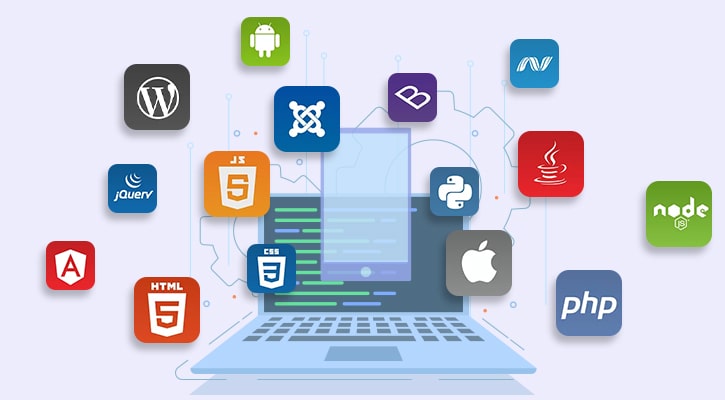Many users have heard something about the native app and PWA – progressive web applications, but few know about their features and differences. Therefore, we decided to dwell on these points in more detail https://www.gomage.com/blog/pwa-vs-native-vs-hybrid-vs-responsive-website/.
PWA Features
Progressive web applications are an optimized resource that is adapted for mobile gadgets and have the ability to use some of the device’s functions. The PWA can be accessed from any popular browser.
The main advantages of PWA technology include the following factors:
- Tangible savings in money and time are achieved since development is carried out only once, while native applications require separate versions for Android and iOS.
- Seamless browser access to PWAs eliminates the need to host apps in stores.
- Direct access via a URL can significantly speed up the loading and operation of a web resource.
- PWA technology uses the minimum amount of device memory in its work.
- To share a PWA, you just need to copy and send a short URL.
- The PWA-based website is excellently optimized for search engines, which allows you to bring the resource to high positions and attract more visitors.
- Any visitor has the opportunity to add PWA to favorites and then the application icon will appear on the device screen.
Among the disadvantages of PWA is limited access to the functions of a user device compared to native apps. For instance, the limitations apply to the Bluetooth function, which is required to determine indoor geolocation. At the same time, the PWA reserves the ability to send push notifications.
Native App Features
Native apps are special apps that are developed separately for Android and iOS, so you can expect to work optimally with any type of mobile device. The application is downloaded to the user’s gadget from Google Play or Apple Store.
- Having your own app with reliable and secure access to information.
- Convenient, smooth, and fast user navigation.
- The ability to interact with other native applications.
- A wide range of functions and significant user interaction capabilities.
- The simple and easy upgrade process.
- Choice of streaming content.







